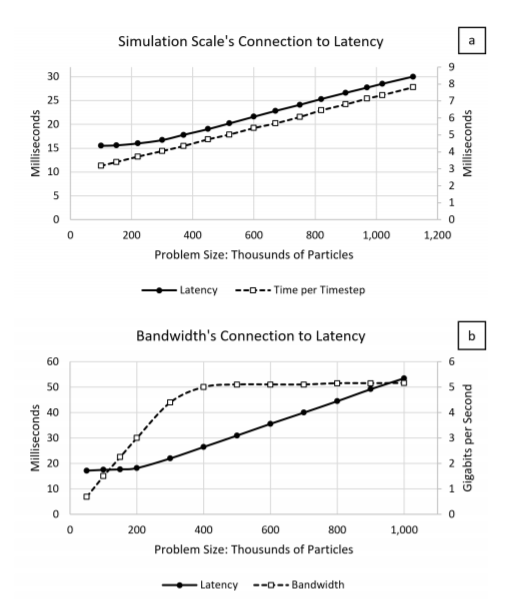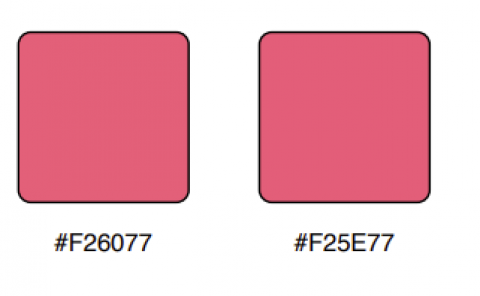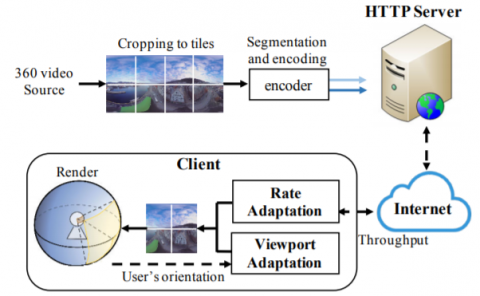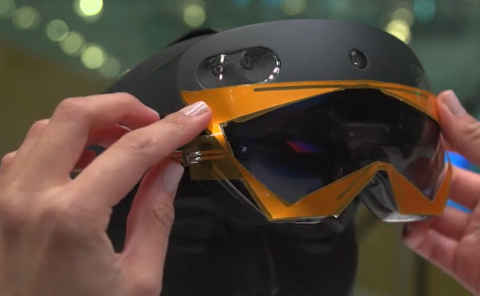Predictive Simulation: Using Regression and Artificial Neural Networks to Negate Latency in Networked Interactive Virtual Reality
PubDate: Oct 2019
Teams: Tokyo Institute of Technology
Writers: Gregory Gutmann, Akihiko Konagaya

Abstract
Current virtual reality systems are typically limited by performance/cost, usability (size), or a combination of both. By using a networked client/server environment, we have solved these limitations for the client. However, in doing so we have introduced a new problem, namely increased latency. Interactive networked virtual environments such as games and simulations have existed for nearly as long as the Internet and have consistently faced latency issues. We propose a solution for negating the effects of latency for interactive networked virtual environments with lightweight clients, with respect to the server being used. The proposed method extrapolates future client states to be incorporated in the server’s updates, which helps to synchronize actions on the client-side and the results coming from the server. We refer to this approach as predictive simulation. In addition to describing our method, in this paper, we look at extrapolation methods because the success of our predictive simulation method is dependent on strong predictions. We focus on regression methods and briefly examine the use of artificial neural networks.



